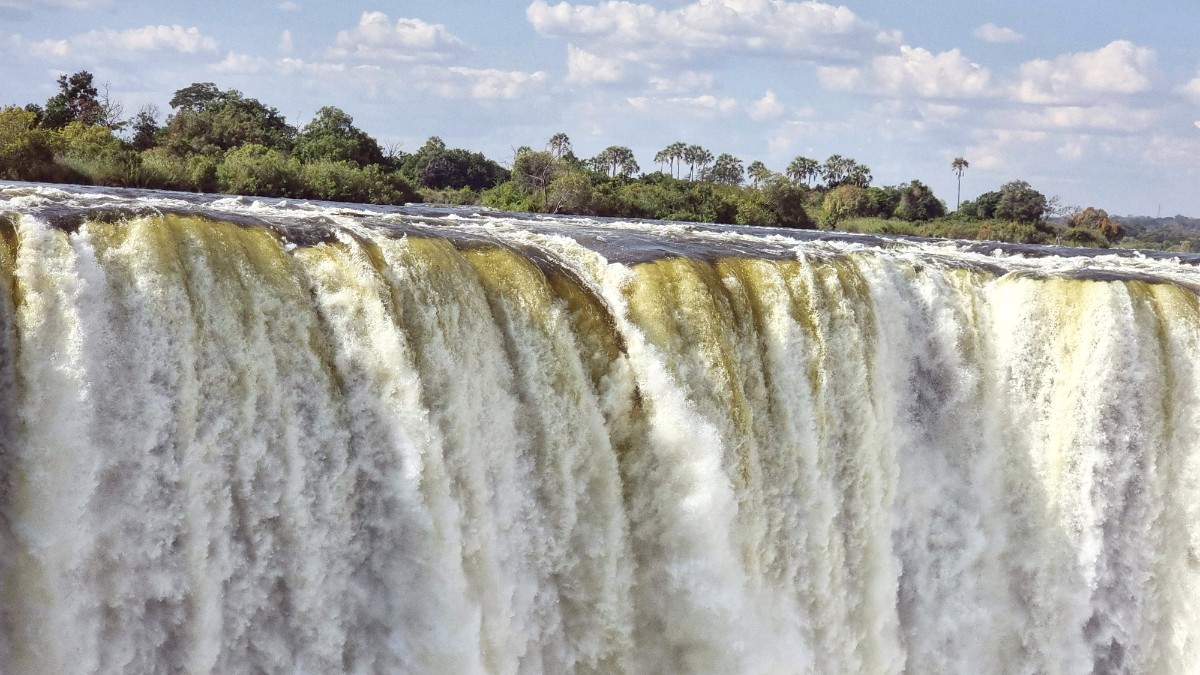
Victoria Falls town center and Livingstone town center are relatively compact and walkable. The paths within Victoria Falls National Park (Zimbabwe side) are excellent for walking right along the falls.
Walking across the Victoria Falls Bridge is a popular activity, offering views of the falls and the gorge. Self-guided walking is easy along the falls paths in the national park.
Town centers and national park pathways are great for walking.
Dedicated bicycle lanes are limited. Exercise caution when cycling on roads alongside vehicles.
Road conditions vary; be cautious of traffic when walking or cycling on roads.
Left-hand side of the road in both countries.
IDP and home country license.
Vary, expect potholes outside major centers.
Not recommended due to hazards.
Taxis are the main paid local transport. Always confirm the fare before starting your journey to avoid disputes.
Standard driving laws apply, including speed limits and seat belt requirements.
Vary significantly; potholes are common on many roads. Livestock and pedestrians are hazards.
Generally available at attractions and accommodations. Be mindful of security.
Local minibus taxis, known as combis in Zimbabwe or simply taxis/minibuses in Zambia, exist. Residents use these for set routes.
An overnight passenger train historically ran between Harare and Victoria Falls.
Service can be unreliable, long journey (16+ hours).
Shongololo Express or Rovos Rail occasionally include Victoria Falls.
These are multi-day luxury tours, not standard public transport.
No direct passenger train service connects Livingstone/Victoria Falls to major cities.
Not relevant for typical tourist travel.
For a smooth departure, arrive at the airport with ample time before your flight. Confirm that passenger service charges are included in your airline ticket price.
Carry sufficient local currency or USD for any last-minute purchases or incidentals at the airport, as facilities might be limited.